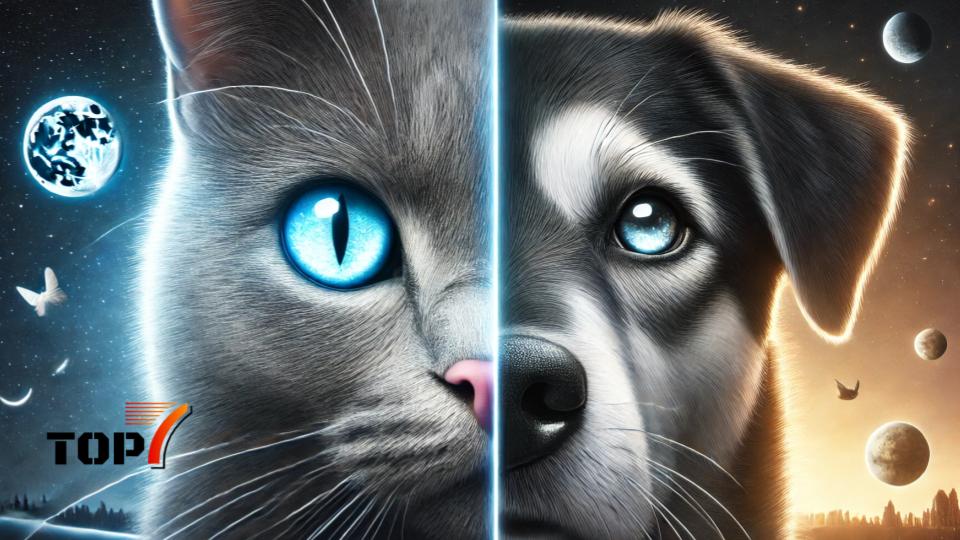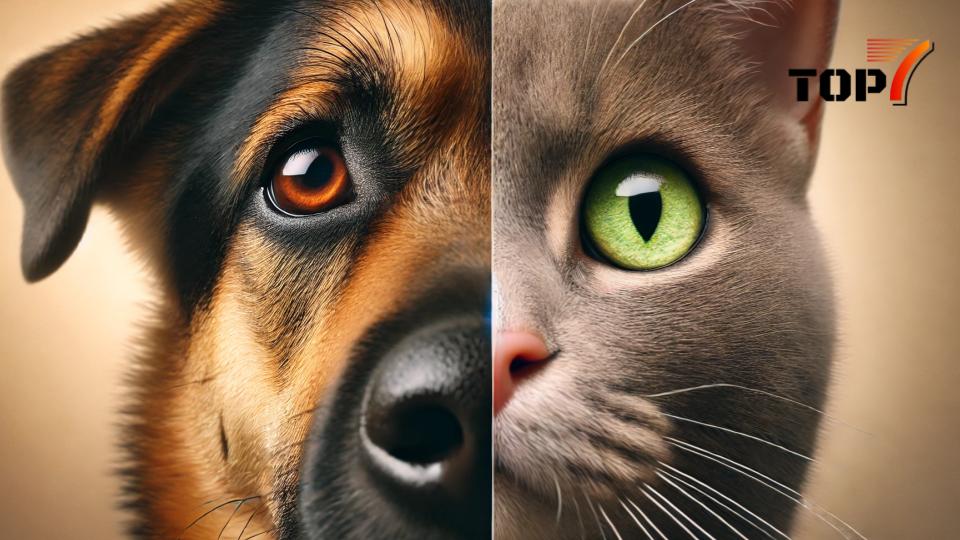If you’ve ever watched your dog twitch or your cat chirp in their sleep, you know that pets can be just as quirky asleep as they are awake. But have you ever wondered why they do those things?
Sleep is vital for pets, and it’s during those quiet (or not-so-quiet) moments that some truly fascinating behaviors emerge. Here are the top 7 curious things pets do while sleeping — and what they really mean.
1. Twitching, Kicking, or “Running” in Their Sleep
This is one of the most common and adorable sights: your dog or cat lying still, then suddenly twitching a paw, flicking their ears, or even “running” in place. This usually happens during REM (Rapid Eye Movement) sleep — the dream phase. Yes, pets do dream! Scientists believe they’re reliving daily experiences, like chasing a toy, playing, or exploring the yard.
2. Making Noises: Whimpers, Barks, Meows, or Chirps
Ever heard your dog bark softly in their sleep? Or your cat let out a tiny meow or chirp? Just like humans who talk in their sleep, pets vocalize during dreams. These noises are harmless and totally normal. In fact, it’s often a sign of deep, restful sleep. However, if the sounds seem distressed or frequent, it’s worth mentioning to your vet, especially in older pets.
3. Sleeping with Eyes Slightly Open
Creepy or cute? Some pets sleep with their eyes half-open, which can look a little unsettling. This behavior is usually normal, especially in cats and smaller dog breeds. It’s believed to be a protective instinct inherited from wild ancestors — allowing them to stay alert to danger even while resting. Unless there’s redness or discharge, it’s nothing to worry about.
4. Snoring or Breathing Noisily
Snoring in pets can range from a soft puff to a full-on chainsaw! Short-nosed breeds like Bulldogs, Pugs, and Persian cats are especially prone to snoring due to the shape of their airways. In most cases, snoring is harmless. But if your pet starts snoring suddenly or seems to struggle to breathe, it could be a sign of obesity, allergies, or a respiratory issue.
5. Curling Up in a Tight Ball
If your dog or cat curls into a little doughnut shape when sleeping, it’s more than just adorable — it’s instinctual. This position conserves body heat and protects vital organs, a behavior inherited from their wild ancestors. It also indicates that your pet wants to feel safe and secure. If they sleep stretched out, they’re likely feeling relaxed and confident.
6. Tail Twitching or Ear Flicking
Even in sleep, pets remain semi-alert. That’s why you might notice their ears flick toward sounds or their tails twitch. These micro-reactions help them stay connected to the environment while resting. Cats are especially good at this — they can be in deep sleep and still react to even the faintest noise nearby.
7. Choosing Unusual or Changing Sleep Spots
One day your cat is curled up in your laundry basket. The next, under the bed. Dogs do this too — switching between the couch, the carpet, and even random corners. Pets rotate sleep spots for comfort, temperature control, and a sense of safety. It’s also a sign of their curiosity and desire to “survey” their territory.
Final Thoughts: Sleep Is Full of Personality
From twitching paws to sleepy barks, our pets show off a surprising amount of personality while they snooze. Understanding these sleeping quirks not only helps us take better care of them — it also deepens our appreciation for just how emotionally rich and complex animals really are.
So next time your pet starts chasing something in their dreams, just smile — they’re probably dreaming of you.
See you.
Read also:

We are a team passionate about Time management and productivity. Our mission is help you to boost efficiency.



